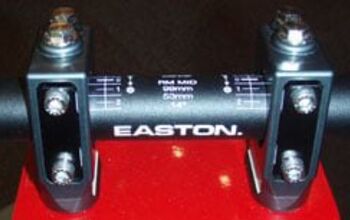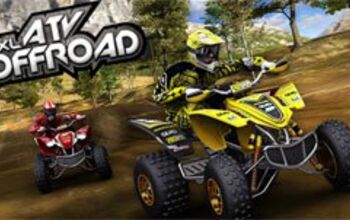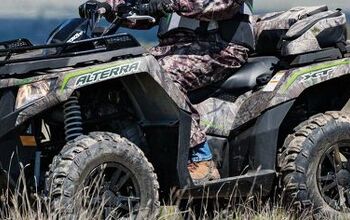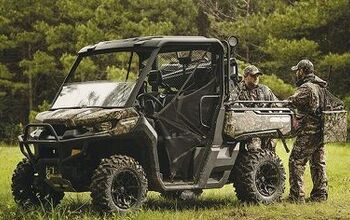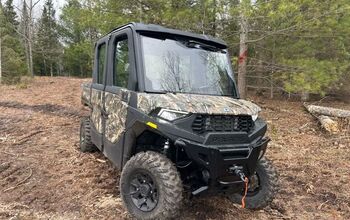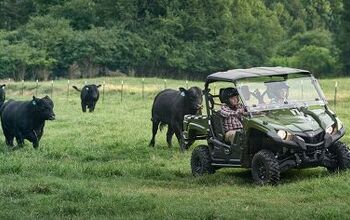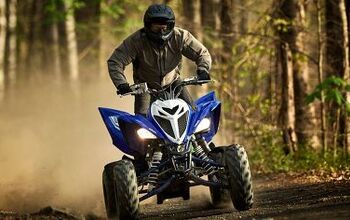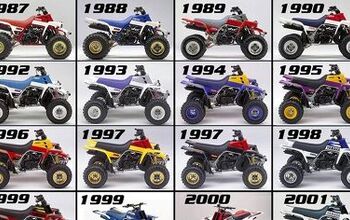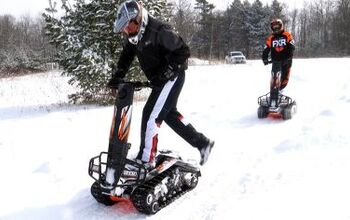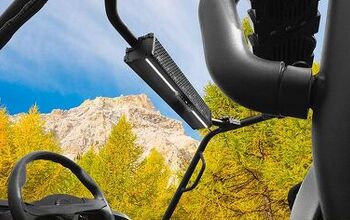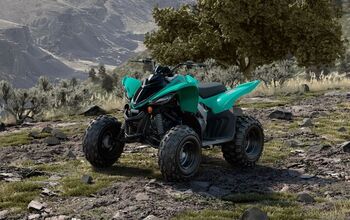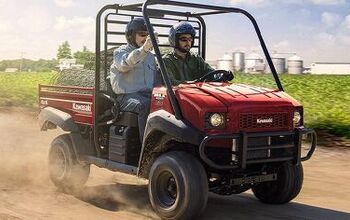Are Chest Protectors Important for ATV Riding?

Everybody has a different threshold for safety. In the world of riding four-wheelers, that capacity is an important one as it7 has a strong bearing on the outcome of unfortunate, painful (or worse) circumstances. But while chest protectors aren’t usually required for ATV (All-Terrain Vehicle) riding, they are something that may make the joy of four-wheeling and what feels like a danger of stepping outside your comfort zone more palatable. The use of a chest protector depends on various factors, including the type of riding you do, the terrain you navigate, and your personal preferences, and the considerations go beyond that.
One big aspect of such is the terrain and riding style at hand. If you ride on rough and challenging terrain such as rocky trails, steep hills, or through dense woods, there is a higher risk of hitting obstacles. Trees are the worst offender, regularly trying to poke, stab, and jab with sharp branches. Rocks or debris can also be kicked up by your own or other machines, sending projectiles aimed directly in your direction. In such cases, a chest protector can help reduce the risk of injury by providing additional protection to your upper body where vital organs live.
Off-roading discipline is another consideration. The need for chest protectors may vary depending on the type of ATV riding you do. Motocross and off-road racing like GNCC Cross Country often require higher levels of protective gear including chest protectors to minimize the risk of injury during high-speed and competitive events. They’re also just a good idea to wear in these instances; you wouldn’t go into a hockey game without a helmet, after all.
Personal safety preference is perhaps the biggest aspect of the decision surrounding wearing a chest protector. Some ATV riders prefer to wear additional protective gear for peace of mind, even if they are not engaging in extreme riding. If you are risk-averse or are concerned about potential injuries, a chest protector can offer an added layer of protection. While we do recognize that a chest protector is a step above and beyond the traditional outfit of gloves, a helmet, and goggles, it is still recommended for even the most experienced riders. And to be clear, any and all four-wheelers should wear a helmet any and every time they are on an ATV. It’s a simple measure to protect your well-being, and we’ve seen and heard of too many injuries that could have been avoided had the rider been wearing a helmet.
Local regulations may also play a part here. Be aware of any local or state laws that may require specific safety gear when riding an ATV. Laws and regulations can vary, so it's important to check with the relevant and local authorities to ensure you are in compliance. Not doing so can result in being removed from the facility or park, which is an easy way to cut a ride short.
There are other things to consider should you decide to wear a chest protector. Style is one; chest protectors come in countless colors and designs to help you show your personality in yet another way. Brand pedigree is another consideration; while an inexpensive chest protector from an unknown brand may offer more and better protection than not wearing one at all, there are larger, more established brands like Leatt that invest the time, money, and research and development to engineer their products to a higher degree of safety and quality.
Going further, buyers can look to differing degrees of the protection provided. A standard chest protector covers exactly what it advertises, with protection for one’s back as well. Stepping up to a vest style adds shoulder coverings, and some brands offer t-shirt style products that incorporate the chest protector into one wearable shirt. At the most protective end of the spectrum are full protective body armor, which bring the ability to shield one’s arms and sides from the elements as well. The most extreme option is the full jacket that adds further impact protection on the elbows, forearms, upper arms, and lower torso.
For the best results, we recommend a combination of safety gear. We consider gloves, a helmet, goggles, and quality boots with sturdy ankle support mandatory. Chest protectors are our first recommendation for going one step beyond the bare minimum, and they are often used in conjunction with other safety gear like kidney protectors, knee and elbow pads, and body armor. The level of protection you choose should be in line with what you think could be the worst case scenario should something go wrong.
Ultimately, the decision to wear a chest protector when riding an ATV is a personal one. It's important to assess the specific risks associated with your riding activities and make an informed choice. Remember that safety should always be a priority, and it's a good practice to wear the appropriate safety gear for your circumstances.

Ross hosts The Off the Road Again Podcast. He has been in the off-road world since he was a kid riding in the back of his dad’s YJ Wrangler. He works in marketing by day and in his free time contributes to Hooniverse, AutoGuide, and ATV.com, and in the past has contributed to UTV Driver, ATV Rider, and Everyday Driver. Ross drives a 2018 Lexus GX460 that is an ongoing build project featured on multiple websites and the podcast and spends his free time working on and riding ATVs.
More by Ross Ballot



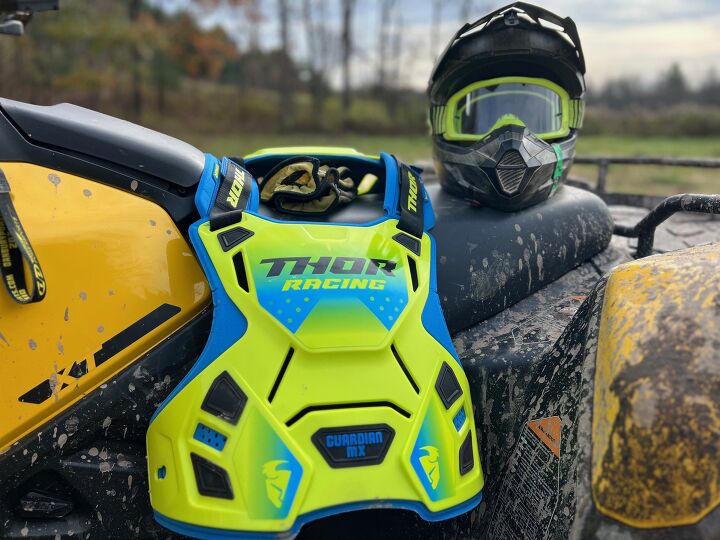











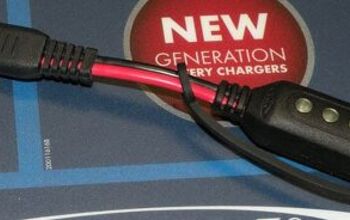
![Don't Try This at Home: Muddy Crash [video]](https://cdn-fastly.atv.com/media/2022/10/24/8744120/don-t-try-this-at-home-muddy-crash-video.jpg?size=350x220)

